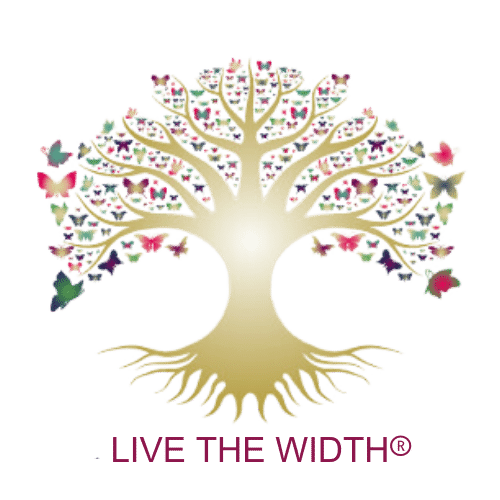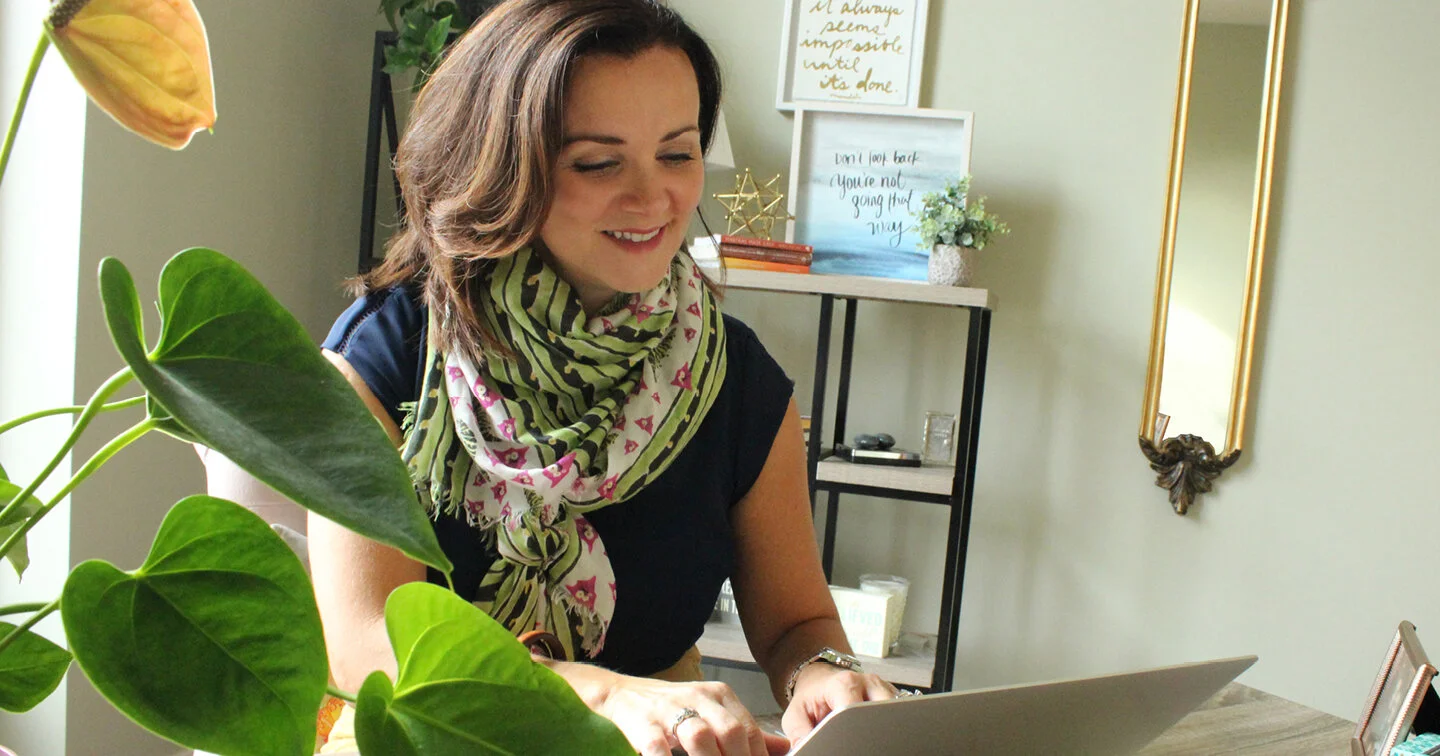La Dolce Far Niente
/La Dolce Far Niente
When was the last time you did nothing and didn’t feel bored or guilty?
When was the last time you did nothing and didn’t feel bored or guilty?
I can’t recall the last time I did nothing all day long. Yesterday, I did just that, and I relished every minute.
This weekend my days and evenings were packed with activity and we went to bed late. Saturday night I didn’t sleep enough and woke up exhausted. I tried to follow my morning routine but didn’t have the energy to do much of anything.
I begrudgingly canceled plans with my friends and instead stayed in my pajamas for most of the day. I read a book, took a nap on the couch, soaked in the tub, and then watched “Eat, Pray, Love” with my family. Although I’ve seen this movie several times before, and read the book at least twice, one scene in the movie stood out this time around.
The main character Liz is in Rome with her friends in a barber shop when herfriend Luca states that Americans don’t know the true meaning of La Dolce Far Niente. Loosely translated this expression means “the art of doing nothing” or “the sweetness of nothing.” Now, how ironic and appropriate that I was practicing La Dolce Far Niente yesterday and relishing in doing nothing all day long.
In the morning, I enjoyed two delicious cups of coffee while staring out at the trees, flowers and sky. Then, when I was reading my book, a hummingbird flew directly in front of my face and hovered for at least 10 seconds. I was so taken aback by the proximity of this magical creature that I felt my breath quicken. After my new friend departed, I looked up the significance of a hummingbird spotting, and found that they are reminders to suck the sweetness out of life, to be present and mindful - La Dolce Far Niente.
I was reminded of how important it is to observe a day of rest and learn again how to pause and give my mind and body a break. By the end of the day, I was more relaxed, my energy was strengthened, and I felt refreshed. I now recognize the need to take a day of rest each week. And, there are ways we can practice La Dolce Far Niente daily.
How can we practice La Dolce Far Niente more often in our lives?
Enjoy your cup of coffee or tea in silence
Sit quietly in nature
Read a book or magazine
Put away all of your devices
Take a nap
Listen to music
Lounge in a hammock
Take a leisurely walk
People watch
If doing nothing sounds indulgent and maybe a little uncomfortable, start incorporating small, little moments throughout the day that eventually add up. Over time, you may start to fall in love with this practice.
How will you practice the sweetness of doing nothing?




